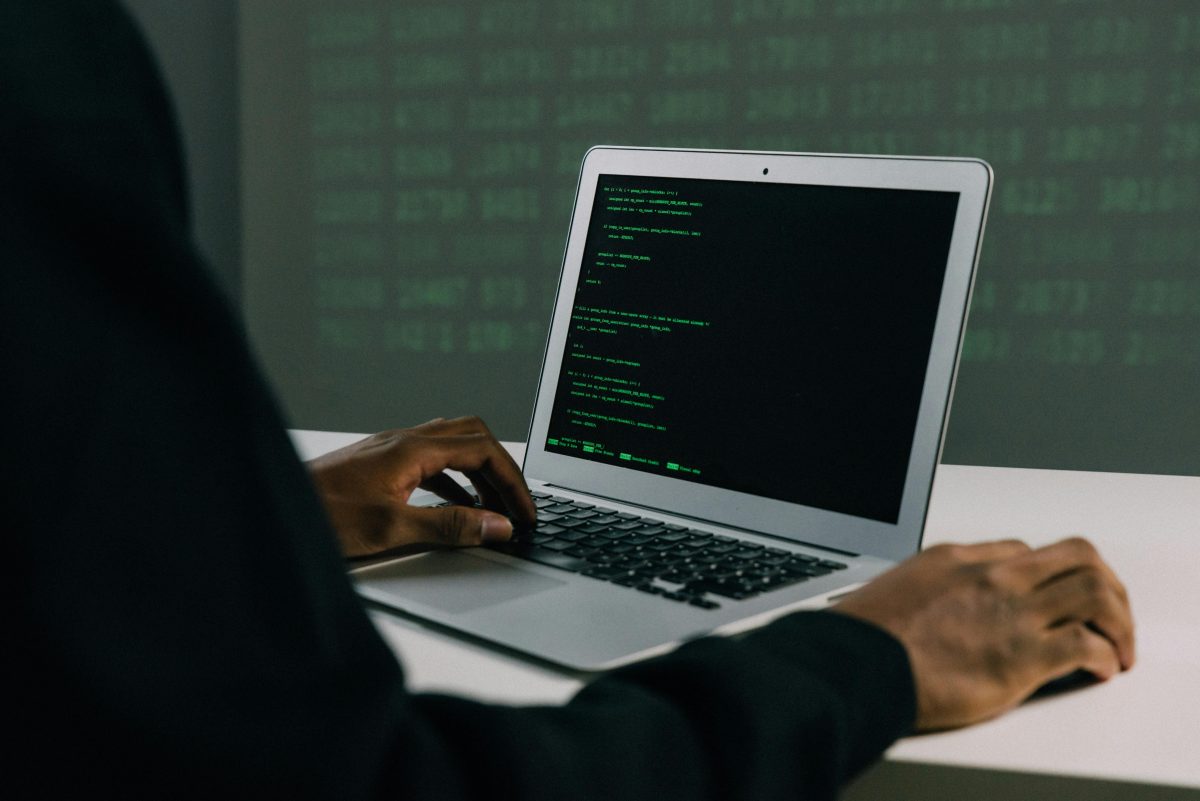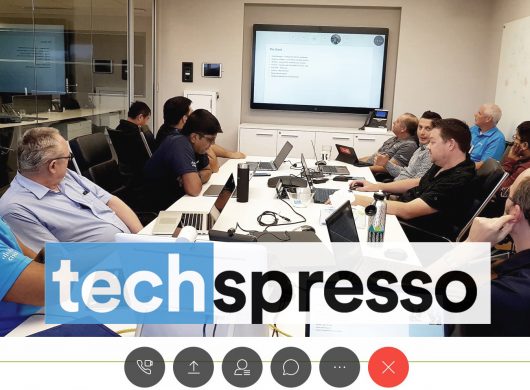In an era defined by unprecedented digital connectivity, the traditional castle-and-moat approach to cyber-security has become obsolete.
The rise of sophisticated cyber-threats, coupled with the increasing complexity of IT environments, demands a paradigm shift in how organisations approach security. In comes Zero Trust, a concept that challenges the notion of implicit trust within networks and redefines the cyber-security landscape.
Cyber-security in the past has typically been centred around perimeter-based defences, where organisations relied on firewalls and other boundary controls to safeguard their networks. However, the rapid expansion of cloud computing, mobile devices, and remote work has rendered the traditional perimeter ineffective. Cyber-criminals have capitalised on this shift, exploiting vulnerabilities within networks and bypassing traditional security measures with alarming ease.

Key Principles of Zero Trust
Identity-Centric Security: Zero Trust emphasises the importance of verifying the identity of users and devices before granting access to resources. This involves robust authentication mechanisms, such as multi-factor authentication (MFA) and biometric verification, to ensure that only authorised entities can have access.
Least Privilege Access: In a Zero Trust model, access rights are granted on a need-to-know basis, limiting users’ privileges to only the resources essential for their roles. By reducing the attack surface, organisations can minimise the impact of potential breaches and contain lateral movement within the network.
Continuous Monitoring and Analysis: Central to the Zero Trust philosophy is the concept of continuous monitoring and real-time analysis of network traffic, user behaviour, and device activity. By leveraging advanced analytics, zero trust helps organisations detect anomalies and potential security threats proactively.
Zero Trust aligns closely with regulatory requirements and industry standards, helping organizations achieve compliance with data protection regulations.

Using Zero Trust in a remote work model
The global shift towards remote work has transformed the traditional office environment, bringing about new challenges and opportunities for cybersecurity. As organisations adapt to distributed workforces and embrace digital collaboration tools, the need for robust security measures has never been more critical.
The adaptation of remote work has made it increasingly difficult for organisations to enforce security policies and protect sensitive data. From unsecured home networks, to the use of personal devices for work, remote work introduces a plethora of security vulnerabilities that malicious users are quick to exploit.

Cisco’s Approach to Zero Trust
Typically, a zero trust model presents the issue of increased security, but compromising the user experience and a decrease in productivity. However, the Cisco Zero Trust model helps to maintain both security and productivity without compromising any components.
Cisco Zero Trust has three key rules:
- Never assume trust.
- Always verify.
- Enforce least privilege.
Whether it be a user trying to gain access to a cloud app from a device or accessing a private application from their VPN, the Zero Trust approach can help minimise risk for all users involved with strong security and high productivity.
How Outcomex and Cisco can help
As a Cisco Gold partner, we have a deep understanding of the entire Cisco portfolio and are dedicated to pass our experience on to our customers, making sure they receive the best product recommendations and services to meet their requirements.
We are honoured to have been named Cisco’s ANZ Partner of the Year in 2023 and take great pride that we are one of only three ANZ partners that are Cisco Master Security Certified.





